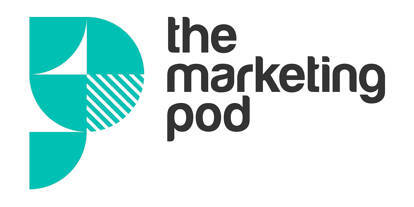B2B marketing has long been associated with hard facts and data. But the tide is starting to turn, as organisations awaken to the significance of weaving a more engaging and purpose-led business narrative into their thought leadership and PR initiatives.

Communicating your brand’s mission, vision, goals, origins and evolution is an effective way to foster deeper connections with customers and stakeholders. After all, every brand has a story to tell. This strategic storytelling approach enables your audience to empathise with your challenges, relate to your team and be inspired by your innovative solutions – so much so that customers and stakeholders who connect strongly to this formula can become brand advocates themselves.
The key to unlocking these benefits lies in the strategic execution of your brand narrative – it must be done properly to be effective.
The 4 elements of effective strategic storytelling
So how to begin? To make strategic storytelling effective, it’s important to set a clear goal and include core storytelling elements:
- Introducing the characters: Many B2B brands fixate on showcasing products and solutions, neglecting the human element. Strategic storytelling is your chance to spotlight your team, revealing not just their skills but also their personalities. Don’t forget secondary characters, such as partners or organisations that contributed to your journey. Not only does this build a personal connection to your brand, it also helps with trust.
- Unveiling the conflict or challenge: Conflict is the heartbeat of a story. In a corporate narrative however, it’s important to keep things positive. Highlight challenges your business has faced, and how you set out to conquer them or have already overcome them. Share how these challenges shaped your success and the lessons learned; the resulting narrative will be far more appealing and memorable than a slew of figures.
- Presenting the “enchanted weapon”: This is where your product or solution takes centre stage. Position your offerings as the tools your brilliant characters (your team) developed, or showcase how customers can use your innovations to solve problems. Remind your audience that your products and services are designed with their success in mind.
- Resolving the narrative: Conclude your business narrative by resolving conflicts, showcasing how your brand is making a difference, and providing a glimpse into the future. Offer hope for a brighter tomorrow, signalling that your brand is ready to face new challenges with the experience gained along the way.
The impact of strategic storytelling on your business
Now that we’ve seen how elements of good storytelling can apply to your strategic brand narratives, it’s time to ask: what impact can an effective brand storytelling campaign have for your business?
At the beginning, we talked about “hard facts and data” – and in fact, there’s a growing realisation that a well-crafted story can amplify the impact of data. By providing context and telling the story behind the numbers, it makes information more digestible and memorable for your audience. This is especially true when a figure – for example in the millions and billions – is so high that it becomes almost meaningless to an audience.
Strategic storytelling can also invite empathy, allowing your customers to understand – and relate to – your organisation’s journey. Sharing your business narrative can breathe life into your marketing efforts, forging a genuine connection with your audience. By having a clear idea of your organisation’s path – where it started, how it’s evolved and where it’s heading – customers can feel part of your brand’s journey and identify as your supporters.
Lastly, storytelling serves as a powerful tool to communicate business changes, such as new processes, policies and modes of operation. Change within a business almost always creates at least a small air of uncertainty. By weaving an effective business narrative, you can explain the reasons behind these changes in a relatable way, making it easier for stakeholders to comprehend and support business transformations.
If you’d like to learn more about creating a narrative that engages stakeholders and drives positive change, be sure to download our ‘Definitive guide to successful strategic communications’. Download your free copy here.
N.B. The information contained in this entry is provided by the above supplier, and does not necessarily reflect the views and opinions of the publisher


